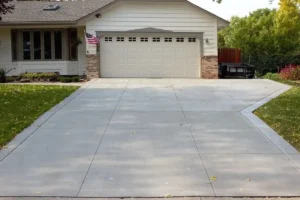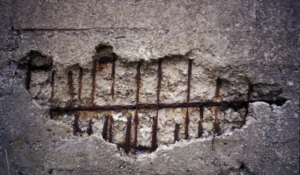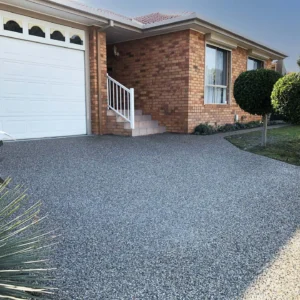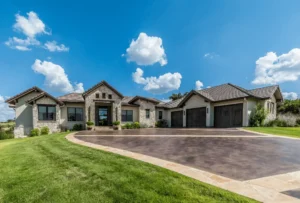To achieve proper patio drainage, ensure the porch has a slight slope away from structures, install a drainage system like gravel layers or channel drains, and choose permeable materials that allow water to pass through.
In this blog, we will guide you on the best practices for ensuring proper drainage, helping you prevent water damage and maintain a durable outdoor space. If you need professional patio installation with expert drainage solutions, contact the best concrete contractor in Greenville, SC.
Best Concrete Patio Services In Greenville SC
Call: (912) 361-6661
Email: info@greenvilleconcretecontractorshq.com
1. Choose the Right Patio Slope
The first step in ensuring proper drainage is creating a slight slope in your design. A porch should have a slope of at least 1/4 inch per foot away from the house to allow water to flow naturally. This prevents water from accumulating on the surface or, worse, seeping into your home’s foundation.
2. Install a Permeable Surface
Concrete is a durable and popular choice for patios, but traditional concrete is not naturally permeable. Consider using permeable concrete or pavers with gravel joints to allow water to seep through the surface rather than pooling on top. These materials improve drainage and reduce water runoff, making your porch more eco-friendly.
3. Use a Proper Base Material
A well-compacted base beneath your porch is essential for drainage. A layer of gravel or crushed stone provides a stable foundation, helps direct water away, and supports the concrete layer for added durability. Choosing concrete for patios ensures long-lasting strength, low maintenance, and resistance to weather conditions.
4. Consider Installing a French Drain
For areas prone to heavy rainfall, a French drain system can be highly effective. This drainage system consists of a perforated pipe buried in a trench filled with gravel, allowing excess water to be redirected away from the patio and your home’s foundation.
5. Create Drainage Channels
If you notice frequent water pooling, installing drainage channels can help divert water away efficiently. Channel drains or trench drains are commonly used to collect and redirect water to a more appropriate drainage area, preventing erosion and surface damage.

6. Use a Retaining Wall for Water Control
If your patio is on a slope, a retaining wall with proper drainage can help manage water runoff. Incorporating weep holes or a drainage pipe within the retaining wall allows water to escape rather than accumulate behind the structure.
7. Ensure Proper Gutter and Downspout Placement
Poorly placed gutters and downspouts can lead to water draining directly onto your patio. Ensure that downspouts extend away from the area and direct water into a designated drainage zone, such as a lawn or garden bed.
8. Avoid Low-Lying Areas for Patio Installation
If you’re still in the planning stage, avoid placing your porch in a naturally low-lying area where water tends to collect. If unavoidable, consider additional drainage solutions like dry wells or catch basins to handle excess water.
How Greenville Concrete Contractor Can Help You?
At Greenville Concrete Contractor, they specialize in designing and installing patios with proper drainage solutions to ensure longevity and functionality. Contact them today for free consultation and professional concrete services in Greenville, SC.
Frequently Asked Question(s)
Cracks can result from various factors, including improper installation, subgrade settlement, temperature fluctuations, and heavy loads. Ensuring proper installation and regular maintenance can mitigate these issues.
Yes, drainage issues can often be resolved by adding drains, adjusting the slope, or resurfacing with a more permeable material.
A patio should have a slope of at least 1/4 inch per foot to direct water away from the house and prevent pooling.
Poor drainage can lead to water pooling, erosion, cracks in the concrete, damage to nearby structures, and mold growth.
While minor fixes can be DIY, professional concrete contractors ensure proper slope, materials, and drainage systems are installed correctly, preventing long-term issues.





